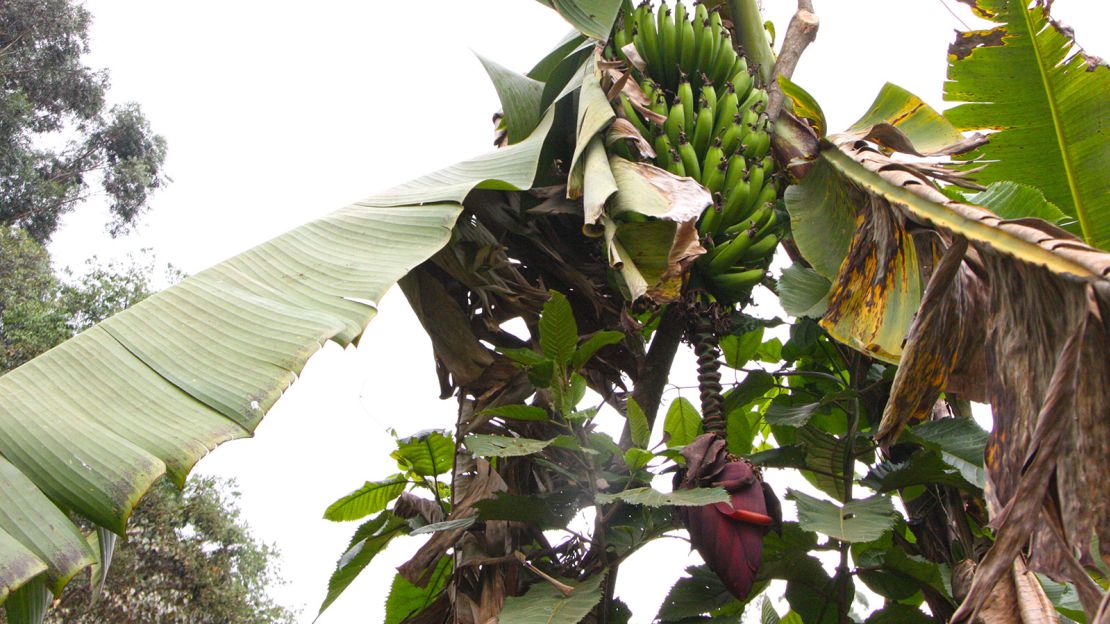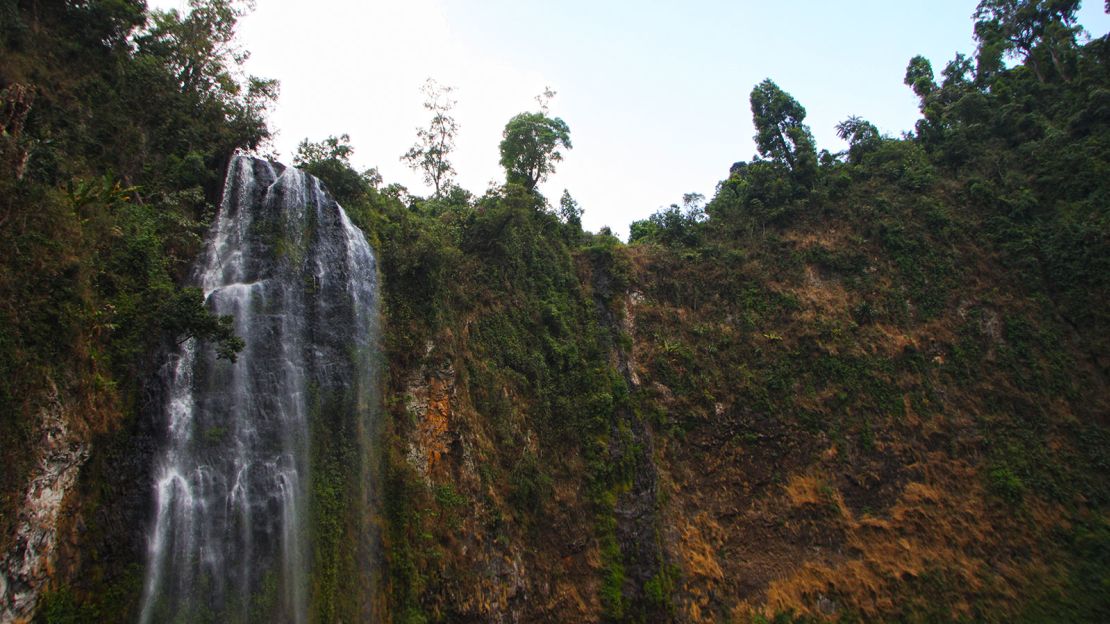Bonga is a name rarely encountered when visiting Ethiopia, if at all. But it deserves to be better known: it’s said to be the very birthplace of Arabica coffee.
Despite its caffeinated claim, the multibillion dollar global industry that has grown up around coffee has passed Bonga by.
Today, this little town hidden away deep in southwestern Ethiopia sits quietly in unspoiled subtropical cloud forests brimming with coffee trees, wild honey, natural wonders and wildlife.
The term coffee is said to derive from Kaffa, the ancient name for the part of the present-day Southern Nations, Nationalities and Peoples’ State region in which Bonga lies.
The story goes that sometime around the sixth century in forests near Bonga, a goatherd named Kaldi spotted his animals getting frisky after eating red berries from a shrub he’d never seen before.
So Kaldi gave the berries a try himself and the coffee bean was discovered.
Early morning starts, dull office meetings and weak excuses for prolonging hot dates would never be the same again.
An early morning in Bonga finds the town’s slopes enveloped in low-lying clouds caused by the air’s characteristically high moisture content.
The effect is impressively cinematic as households come to life, their chimneys releasing narrow columns of cooking smoke that rise into the surrounding mist.
Inside Ethiopia’s timeless city of mosques
Coffee in the clouds

The Bonga Forest Reserve, which covers some 500 square kilometers, is among the last remaining subtropical moist forests of any significant size found in Ethiopia.
Its elevation is perfect for coffee, which best grows between 900 and 1,800 meters (2,950 to 5,900 feet).
The shade provided by forest trees means the beans develop slower, becoming more dense and flavorful as a result.
It also keeps the trees shorter, so they’re more easily handpicked by locals.
Mirutse Habtemariam, a local beekeeper, is on hand to impart a crash course on other foods of the forests.
He points to forest cardamom (the most expensive spice in Ethiopia) and long green peppers that sprout among shrubs beside dirt tracks.
There are also banana trees with purple flowers that grow downwards.
He points up at unusual wooden cylinders in the trees: traditional beehives, he explains.
Honeybees are attracted to the diversity of flora in the forest.
It’s said local farmers often also resort to prayer, beseeching the wild bees to stay in the hives and make honeycomb. The result, whether influenced by flora or divine intervention, is delicious.
Inside Somaliland’s would-be capital city
Honey wine

Evidence of this is easy to find thanks to myriad stalls dotted around Bonga stacked with tubs of honey varying in shade from dark caramel to light amber or opaque white.
Not surprisingly, plenty of tej, Ethiopia’s surprisingly strong renowned honey wine, is available.
Above the coffee trees, the forest teems with black-and-white colobus monkeys – their likeness is used on the label of the region’s popular Bedele beer.
Beneath the forest canopy roam lions, leopards, hippopotamuses, buffaloes and antelopes.
“I would never move to the city and leave this behind,” Mirutse says, gesturing to the forest around his village.
Another advantage of this rural existence is the traditional Ethiopian coffee ceremony.
Raw green beans are roasted over hot coals, then ground with a wooden pestle and mortar, before finally being brewed in a clay boiling pot, called a jebena.
Coffee doesn’t come much fresher.
And using beans that develop amid such rich biodiversity produces high-quality organic coffee of incredible variety.
8 of the world’s best coffee cities
Healing power
There’s a brew that tastes almost like wine, with hints of jasmine and orange. Another has hints of raisin, violet and mango. A third has shades of strawberry, cherry and lychee.
Coffee also plays an important role in the lives of locals beyond the obvious cup at the day’s start. Ground coffee mixed with honey is used to heal wounds.
One of the criteria for a woman being deemed marriageable is her ability to prepare coffee.
Off the grid
Despite their coffee and other natural treasures, both Bonga and the Kaffa region remain off the tourism map.
Today the town’s population is only about 30,000, while Kaffa’s population is about 900,000. Here, life moves slowly, despite all the caffeine.
But in 2015, Ethiopian Prime Minister Hailemariam Desalegn visited Bonga to inaugurate a new National Coffee Museum.
Meanwhile, the Ethiopian Tourism Organization launched a new marketing campaign – “Ethiopia, Land of Origins” – to transform tourism in Ethiopia and boost tourism numbers to lesser known destinations like Bonga.
Photos: Africa’s eye-popping take on architecture
Land of waterfalls

There’s plenty here to draw visitors and those who make the backside-numbing 460 kilometer road journey from Addis Ababa to Bonga – or who fly to the region’s administrative capital, Jimma, and then overland for another 118 kilometers – will be rewarded
In addition to 14 waterfalls throughout the forest reserve, there are hot springs and natural bridges formed through erosion by wind and water.
Numerous ancient churches and mosques dot the land.
Hotel options may be rather limited for some, and a trip requires extra preparation compared with Ethiopia’s more accessible sites along the better-known northern Historical Circuit.
But what’s lost in terms of comfort is more than made up for by incredible surroundings. And all that delicious fresh coffee.
James Jeffrey is a freelance journalist based in Addis Ababa from where he writes about Ethiopia and the Horn of Africa for various international media. Twitter: @jamesinaddis













